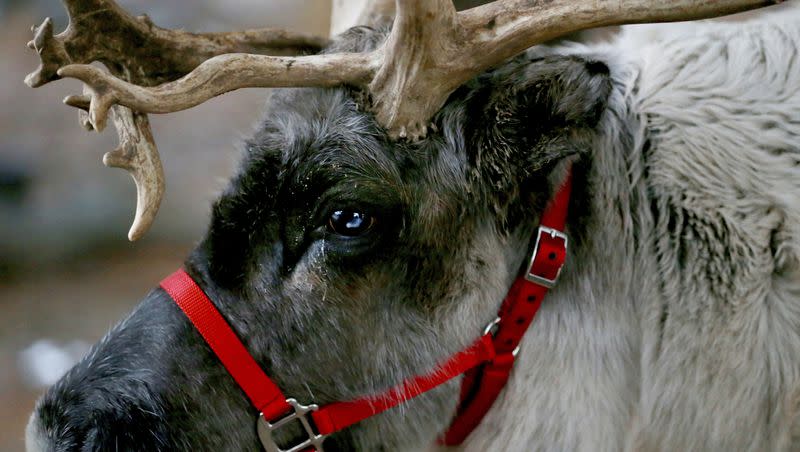Reindeer can fall asleep while eating, new study suggests

It turns out reindeer can sleep and eat at the same time.
A new study found that in the summer reindeer multitask by “catching mini dozes while chewing their food for a second time,” Scientific American reported.
The study was completed by Current Biology, which followed four female Eurasian tundra reindeer and discovered they, like other ruminants, are required to “spend a considerable amount of time chewing on regurgitated food, making it smaller and easier to digest,” according to Science News.
Researchers followed brain waves and found that the same brain waves that appear during REM sleep also appeared when the reindeer were chewing cud.
“While they chew,” Furrer says, “they are in a body position that is very similar to the one of deep sleep. So they usually have their eyes closed and they are quite still,” neuroscientist Melanie Furrer told NPR.
How Reindeer Survive in Arctic Habitats
Reindeer live in the Arctic where the sun stays up all the time in the summer and are left in darkness in the winter months. Because of this, the reindeer have very cyclical eating habits.
“In summer, they have an open buffet and can choose what they like best,” co-author Sara Meier told NPR. That diet includes lichens, herbs, mushrooms and plants, and the summer months are when the animals fatten up. In winter, however, “they have to dig through the snow and maybe find some lichen or some grass.”
So even though reindeer spend considerably more time eating during the summer, the animals have adapted to be able to still get in the nutrients and continue to get the same amount of sleep.

